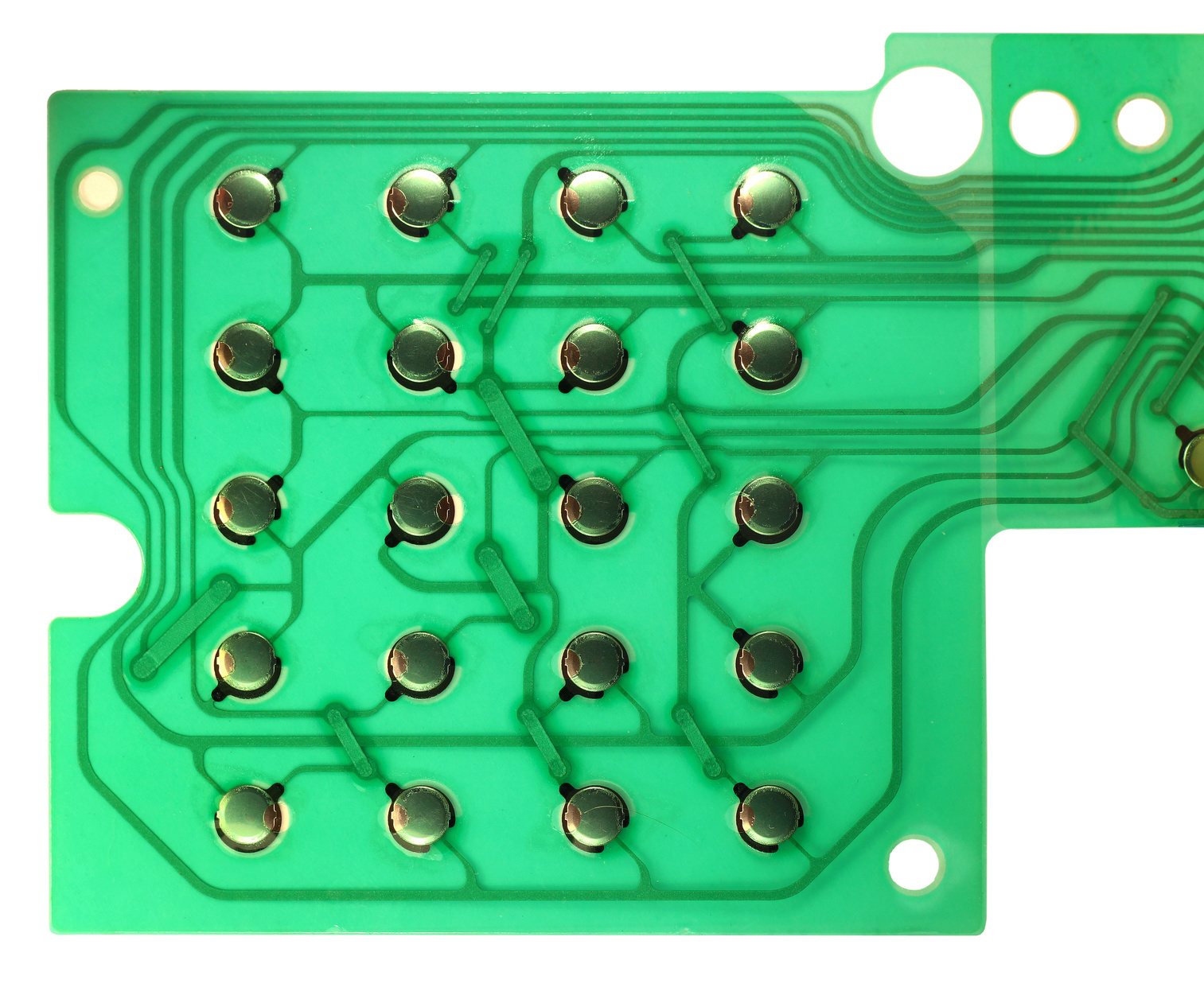Leading Benefits of Integrating a Membrane Switch Into Your Digital Equipment
Leading Benefits of Integrating a Membrane Switch Into Your Digital Equipment
Blog Article
Recognizing the Performance of Membrane Layer Switches Over for Interface Devices
The performance of membrane switches over stands for a considerable innovation in interface layout, combining efficiency with visual flexibility. These switches run via a multi-layered framework that converts user communications into electrical signals, enabling both small formats and resilience against environmental variables. As industries progressively prioritize customer experience, comprehending the subtleties of membrane layer switch modern technology comes to be necessary. What ramifications do these advancements hold for future applications, and just how might they redefine customer communications throughout numerous tools?
What Are Membrane Layer Buttons?
Membrane buttons are ingenious interface devices that assist in individual communication with digital tools. These functional elements include multiple layers, including a graphic overlay, spacer, and a printed circuit layer. The design permits a seamless combination into numerous electronic tools, boosting both the aesthetic and practical facets of interface.
Membrane layer switches are typically used in a broad range of applications, from house devices to commercial machinery and medical devices. Their building typically features a thin profile, making them a perfect option for portable designs. The tactile feedback supplied by these buttons can be crafted to meet details individual preferences, making certain reliable interaction between the customer and the tool.
Resilience is another significant benefit of membrane layer buttons, as they are immune to dust, moisture, and chemicals, which improves their life expectancy sought after environments. Furthermore, these buttons can be personalized in regards to shape, size, and graphic layout, allowing for branding and user-specific attributes. Overall, membrane layer changes stand for a useful remedy for boosting user experience in electronic devices, integrating performance with visual appeal in an efficient fashion.
Exactly How Membrane Switches Job
Operating on a straightforward principle, membrane layer changes utilize a split construction to sign up customer input successfully. Each switch contains several layers, consisting of a printed circuit layer, a spacer layer, and a top visuals layer, which are created to work together flawlessly. When a customer presses the top layer, it presses the spacer layer, bringing the conductive components of the circuit layer right into call with each other.
This get in touch with creates a closed circuit, indicating the device to perform a particular function. The design permits different setups, consisting of responsive feedback, which can improve the customer experience by giving a physical sensation upon activation. The materials utilized in membrane buttons typically consist of adaptable substrates, such as polyester or polycarbonate, which guarantee toughness and durability against deterioration.

Secret Advantages of Membrane Layer Buttons

Another substantial benefit is their density. Membrane buttons are slim and lightweight, which makes it possible for suppliers to save space in their tools without compromising capability. This function is particularly valuable in applications where weight and quantity are essential considerations.
In addition, membrane switches are immune to dust, wetness, and chemicals, enhancing their longevity. This strength prolongs their life-span and minimizes the requirement for regular substitutes, resulting in cost financial savings over time.
Additionally, the tactile comments offered by membrane layer switches can be check it out optimized to boost user interaction. They can consist of features such as increased switches or audible clicks, enhancing use and user experience.
Applications Across Industries
Customer interface gadgets making use of membrane layer switches are common in a wide range of sectors, showcasing their adaptability and functionality. Membrane Switch. In the medical field, membrane switches are important to tools such as analysis equipment and client tracking systems, where their resilience and convenience of cleaning are important for maintaining hygiene standards. In a similar way, in the automotive industry, these switches are used in control panel controls and infotainment systems, providing a sleek and modern interface for individuals.
Additionally, the consumer electronics sector benefits from membrane buttons in devices and portable gadgets, where compact design and straightforward user interfaces improve individual experience. Industrial applications likewise take advantage of membrane switches for control board in equipment and automation systems, stressing their effectiveness and resistance to rough settings.
In the aerospace and protection markets, membrane buttons are used in cockpit controls and devices, where integrity and efficiency under extreme conditions are vital. Furthermore, the gaming sector increasingly includes membrane switches in controllers and gallery makers, contributing to an engaging individual experience. Overall, the flexibility of membrane layer switches allows their prevalent usage across various industries, underscoring their value in contemporary interface layout.
Future Patterns in Membrane Change Technology

Additionally, making use of sophisticated products, such as polycarbonate and polyester movies, is expected to increase, supplying boosted sturdiness and resistance to ecological stress factors. These materials add to the general durability of membrane layer buttons, making them suitable for harsher commercial applications.
Moreover, the incorporation of smart technology, including IoT connectivity, will certainly make it possible for membrane switches to communicate with other gadgets and systems, assisting in an extra interactive customer experience. This pattern straightens with the growing demand for clever tools throughout various industries, more from health care to consumer electronics.
Last but not least, modification options are expected to broaden, permitting suppliers to create bespoke remedies tailored to specific user needs and preferences. These developments will position membrane buttons as important components in the advancement of interface innovation.
Conclusion
Finally, membrane layer switches over represent a critical advancement in interface technology, supplying a reliable and versatile remedy for varied electronic applications. Their split building and construction helps with portable layout, while attributes such as responsive feedback boost user communication. The longevity against environmental aspects even more solidifies their utility across multiple sectors. As improvements in material scientific research and touch sensing modern technologies proceed, the functionality and applicability of membrane layer switches are expected to increase, strengthening their significance in contemporary electronic tools.
Report this page